With Nigeen lake on one side and a view of Hari Parbat on the other, Bahrar, Kashmir's last colony for lepers, is quintessentially scenic. The colony is distinct from any other settlement in Srinagar: single-storeyed white dwellings bordered by old remnant shacks, with a colossal hospital building at one end. The settlements have hospital ward numbers on small boards affixed to their houses.
In the 1890s, when leprosy had the region in its grip, there was only a ward in Mission hospital, Anantnag, to treat the infected. On his visit, Lord Roberts, the then commander-in-chief of India designated a massive building to isolate those infected by the disease. It accommodated 30 patients. They required constant monitoring and care, and the place became their home.
Advertisement

The Hospital
As the population of those infected grew, new wards were constructed. These structures of mud provided living rooms to the infected, and were separate from the main building.
In the long course of treatment however, the place became more than just quarantine. The patients found love, care and acceptance away from their natural families, and decided to never leave the place. And the place became their home.
Eventually, the disease was contained. As of today, close to 61 of those who had contracted leprosy live in the settlements with their families of children and grandchildren. They are at peace today, but things have not been plane-sailing all along, and are not expected to, for the generations to come.
Advertisement
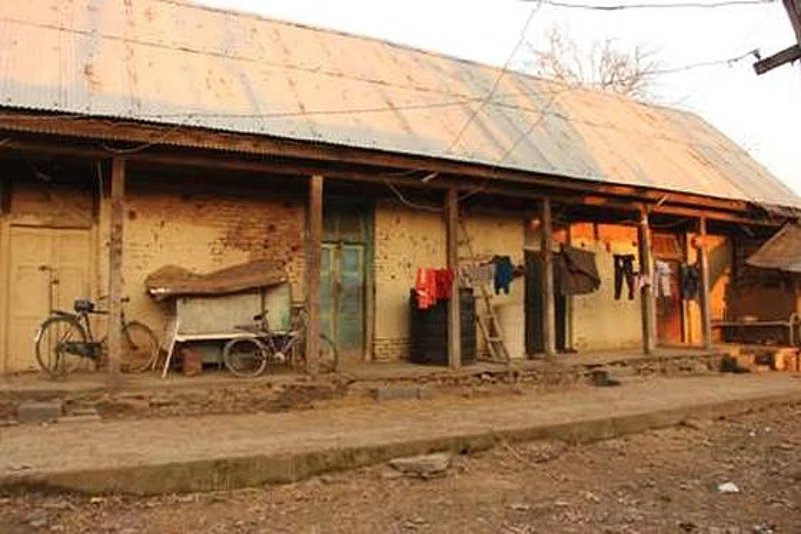
The old houses
Love at unloved places
The inhabitants of the colony are from the remotest parts of Jammu and Kashmir, making it a microcosm of the state. Before partition, the hospital catered to the entire Northern region, including parts that now fall across the border. Moving to the lone leprosy hospital meant leaving behind everything, including family, but they found love again. The patients were allowed to marry with the assurance that their children would remain unaffected.
Aziz hails from Tangmarg, approximately 50 kms away. He was fifteen when he noticed ulcers on his feet. There was no mode of transport to take him regularly from his home to the hospital and the doctors had advised him to stay on at Bahrar.
“I knew right there that this would change my life,” says Aziz. His family kept up visits but “they had their own commitments and could not afford to lose track of their routines for me, who was here,” he says.
As years passed, his hope of moving out also diminished. Aziz says he understood that the world had little to offer him. “I was neither well educated nor had any income to support me on the 'outside',” he explains. Aziz stayed on. He did not foster hope of starting a family outside because of the stigma attached to his disease.
Advertisement
And in the most unlikely of places and times, Aziz found his companion for life, Nazima, from Kupwara. Hailing from two distant places in the state, their match would have been improbable. She too had been admitted here for years. Her condition was severe though and her fingers had cleft. “That period of indecisiveness was the hardest,” says Nazima. Her smile conceals her past affliction.
The same affliction brought Zohra from Kargil to Bahrar, 28 years ago. She did not speak the local language and soon withdrew into a shell. As time passed, she followed others and married a man from Kargil who was also here for his treatment. Her family from Kargil has recently started reaching out to her.
Advertisement
“They are beginning to come to their senses now, and have started visiting me here,” says Zohra. In these 28 years here, members of the colony have now become family.
When you meet them now, they are more likely to reminisce about their companionship than that unlucky card that fate drew for them. They hold their newly found relations closer than hard-earned money.
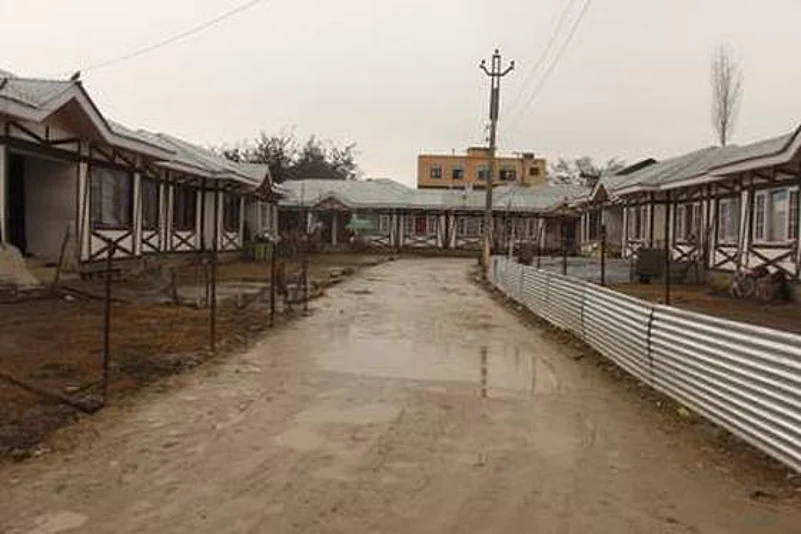
While the older generation may be content with the life they found and lead here, the younger generation has its own set of challenges. The earlier patients did not have to move out as they were provided daily supplies of bread, milk, vegetables and mutton. Monthly supplies include rice, flour, oil, spices. And from time to time, they are provided with fabrics in addition to a monthly allowance of Rs 400.
Advertisement
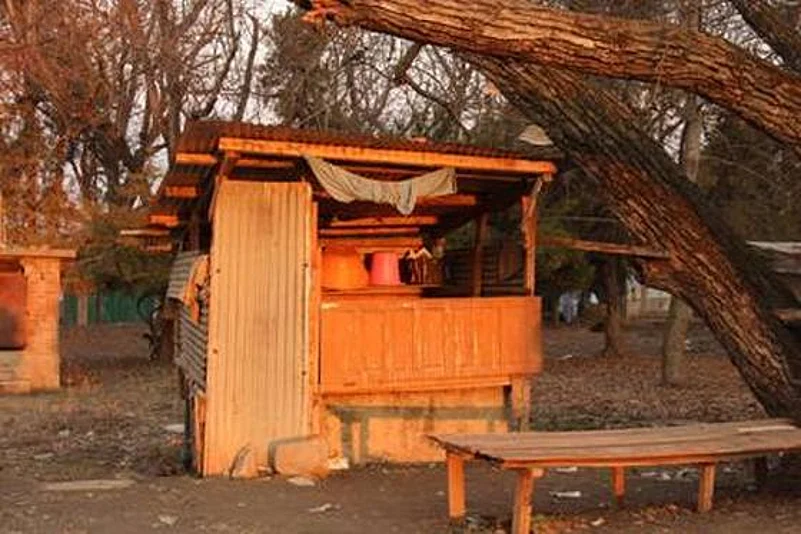
A distribution tent
Most of them have children, who have had children in turn, and their needs are growing. Children are provided ration only until they turn 18. Till a few years ago, they even had a school as part of the hospital which is no longer functional.

The part of the hospital building which served as a school
Leprosy disappears, stigma stays
17-year-old Areez’s grandparents had come here as patients and married here. His father and others from that generation find themselves caught in a tough spot. At 18, Areez’s father’s ration was discontinued and his generation found it difficult to make a living.
Advertisement
Four years ago, Areez, habituated with the secluded life of the colony, was dealing with another monster when he joined a private school. It was the first time he was exploring a world beyond his township. And he was apprehensive about his truth. “None of my friends from school know that I live here in the leper colony,” he says. He is fearful of the hostility that might come with his disclosure. His family, he says, is planning on moving out.
Jehangir, another fairly-young resident of the colony, has similar aspirations. He points to his two-year-old child and says he does not wish his child faces similar hardship. “Despite being educated about the containment of disease, sometimes doctors too become hesitant to treat us because of the family history,” says Jehangir.
Advertisement
He moved to this place when he was three, after his mother contracted leprosy. His father stayed back, though the two divorced later.
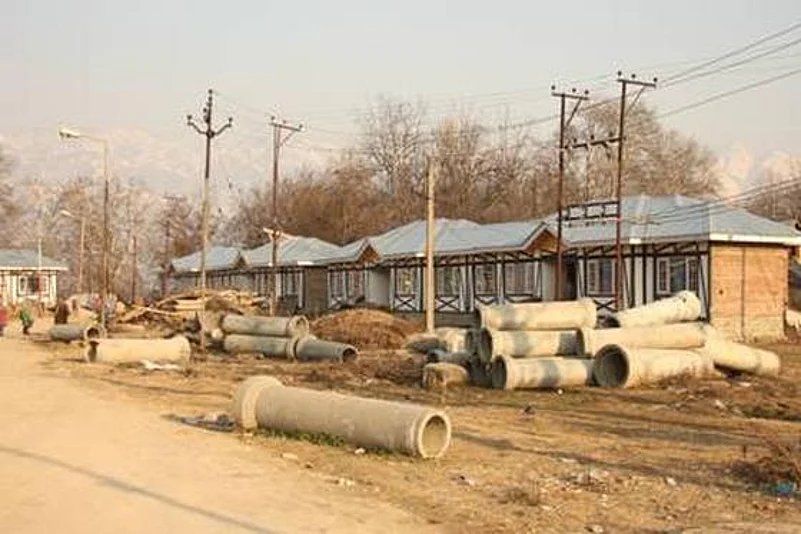
New houses being constructed
For Jehangir and his mother there lay a challenge; to start all over again, which they did. Eventually, she married another patient here. Jehangir still had his battle to fight. He had to convince his parents before he got married to his girl-friend. “We stayed persistent for six long years, and they came around,” he smiles.
Jehangir’s struggles have paid off. Today, all he looks forward to is for his child to have a better life. He believes this can be done partly through awareness about the disease, its spread, and treatment.
Advertisement
Areez smiles when asked about marriage and sees it as a distant prospect. However, he is sure that he does not want to marry within his town.
Bread and butter, but no future
What bothers the elders most is the uncertainty looming over their heads regarding the ownership of housing quarters. Once the patients die, the families will be left homeless like their parents’ once were. “Do we spend on educating our children or buying new property?” asks a resident.
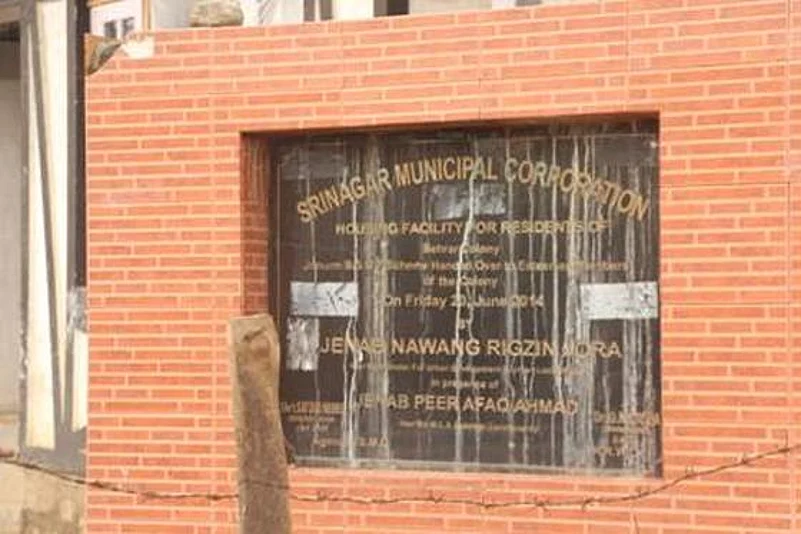
New housing facilities were inaugurated in 2014 by the Srinagar Municipal Corporation. The construction work is still ongoing and some families continue to live in old houses. Originally, 105 quarters were proposed. Later, only 66 were given approval for the patients. Five of them died, leaving the total number of quarters at 61.
Advertisement
The vision of the government, they says, has always been for the short-term. “They let the patients marry, have families and constructed new quarters. What in the long run though, is there a plan?” asks another.
In Bahrar, the three generations live side by side, each with distinct experiences and stories. What binds them is a love for the place they call home and a disease that assumed more of a unifying identity.
All the photographs are by Arshie Qureshi.
The writer is a journalist based in Srinagar.




















